My First Impressions of Japan
Articles on this site contain affiliate links, meaning I may be compensated if you buy a product or service after clicking them. The full privacy & disclosure policy is here.Japan had been on my travel radar since I was 14 years old. I had a compulsory three-month language class at school, where for a couple of hours a week, I’d learn important phrases like “Hello, my name is David” and “Excuse me, where is the pencil sharpener?”
Despite that, it took me the better part of three decades to finally book a flight to the country, because apparently I’m not very good at doing things in a hurry. Eventually though, at the end of last year, Lauren and I blearily walked off a flight from Rome and straight into the mayhem of downtown Tokyo.
For a bit over two weeks we explored the main island of Honshu, taking trains, buses, ferries, and cable cars to anywhere that seemed interesting. I didn’t get to ask anybody about pencil sharpeners, but somehow managed to have a wonderful time even so.
Expecting Japan to be unlike anywhere else I’d visited (spoiler: it was), I started making random observations in a notepad as I wandered each day. Who knows, I thought, maybe there might be a blog post in it at the end?
This is that blog post. It’s not full of deep insights or analysis. It most definitely is not a guide for how to spend two weeks in Japan. Instead, it’s just a brain dump of my first impressions of a country that amazed and confused me on a daily basis. I hope you enjoy it.
There’s more English used than I expected
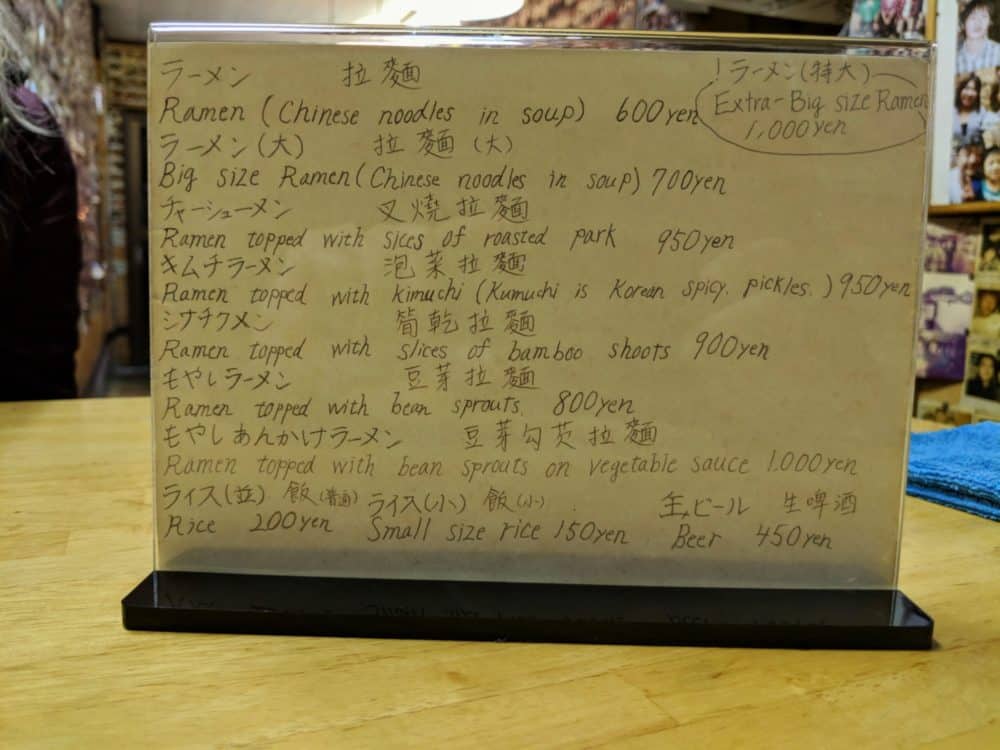
I fully expected to spend my entire time in Japan being (a) very confused and (b) frantically typing into Google Translate. Both of those things happened regularly, but not all the time.
At least in areas that regularly saw tourists, signs often had English translations. Larger train stations usually had a departure board in English, and the same went for many of the metro maps in Tokyo and Osaka. The screens on most trains had translations of upcoming stations, and some of the announcements were in English as well.
Larger restaurants usually had an English menu or someone who could explain the options, and even many of the smaller places had some sort of translation on offer, even if it was literally a handwritten note written by a former customer or friend of the owner. Yes, that happened more than once.
Many restaurants get around the problem by using a vending machine for ordering, with pictures and icons to help explain the process. Some worked well, some were probably more confusing than trying to order in Japanese, but hey, I always got fed. Sometimes it was even what I thought I was ordering.
Worst case, I just found a place that only sold one or two things, and pointed at someone else’s plate, or just looked generally helpless. That worked well, especially in ramen places. Then again, it’s ramen. In Japan. How wrong could you go?
Almost everyone is polite and helpful
If there’s one cliche about traveling in Japan, it’s how polite and helpful everybody is to tourists. There’s a reason that cliche exists, at least in my experience. Sure, there are all kinds of cultural reasons for this, but superficially at least, the end result was a much easier travel experience than I might have expected.
If I looked lost for more than a few seconds, someone would often stop to see if they could assist. I think locals generally understand that tourists are confused by much of daily life in Japan, and younger people in particular seemed happy to try and help.
Accommodation owners provided the most detailed instructions I’ve ever seen for finding them, often including multi-page PDFs with maps, annotated photographs, and several paragraphs of text. In smaller towns, we were picked up from the train station, with offers to drive us around to see the main attractions.
The culture and language differences could make travelling in Japan extremely difficult, but in general, it really isn’t.
Huge crowds are normal at major train stations, but nobody seems to get upset about it
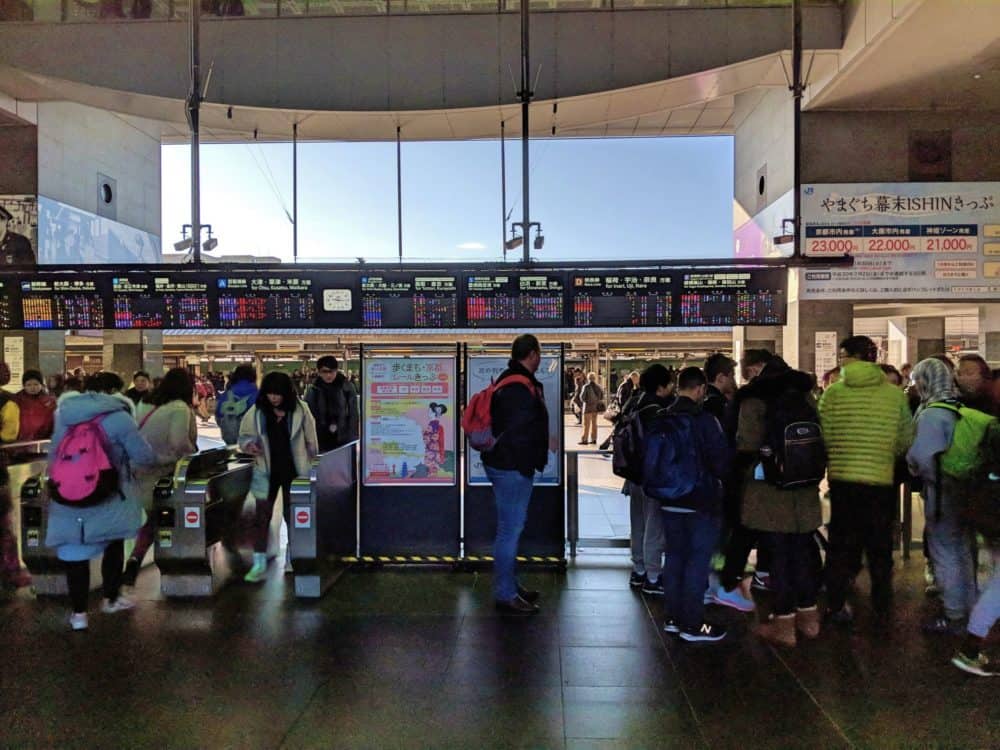
Whenever I’ve been around large crowds of people in cities like London or New York, social etiquette seems to break down. Passive-aggressive comments (London) or raised voices (New York) abound. In Tokyo or Osaka, though? Not so much.
Shinjuku station is the busiest in the world, with others like Shibuya and Ikebukuro not far behind, and yet even at rush hour, with lines a dozen people deep at every train door and about half an inch of personal space onboard, everyone just stoically gets on with it. The only people getting upset about it all? Tourists.
The Tokyo metro is very efficient, but damn, those stations are huge
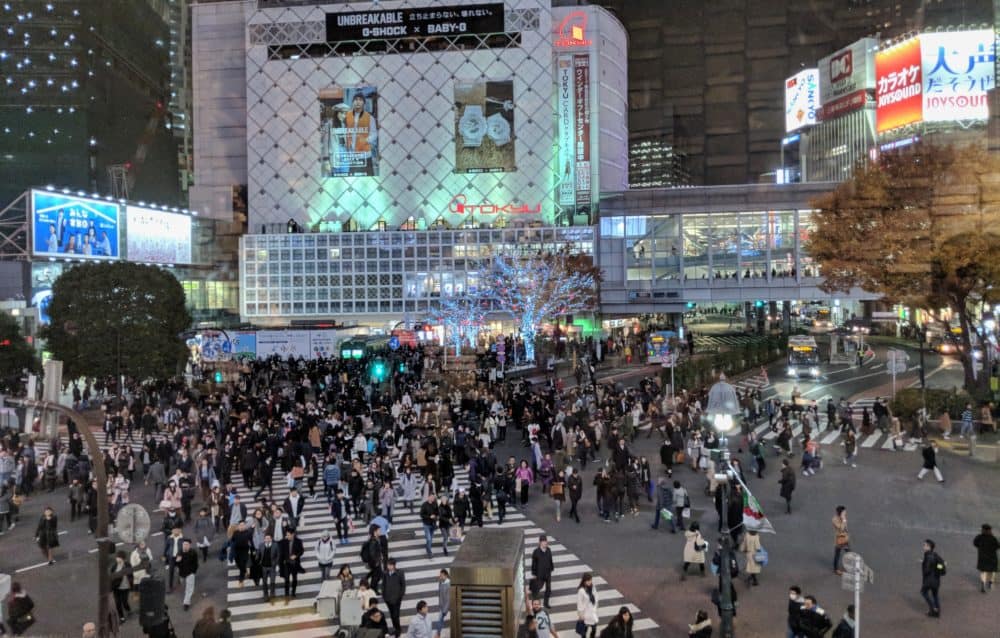
Given that the Tokyo metro system moves something like ten million people a day, it’s easily one of the most efficient I’ve ever used, for locals and tourists alike.
Trains show up every few minutes and run until around midnight. Ticket machines and most signs have translations, and I don’t think I found a ticket office at a major station where someone didn’t speak enough English to help.
Since two different operators run the metro lines in Tokyo, though, ticketing was confusing whenever I had to change lines. Every time I thought I understood the system of surcharges and multiple ticket barriers, it turned out I didn’t.
On one memorable occasion, I went to ask a staff member why the machine had swallowed my ticket, and he took me over to the office to (I thought) pay a surcharge. As I reached for my wallet, the attendant handed me a refund and a different ticket. No, I do not know why. I will never know why.
When I go back, I’ll be buying one of the IC prepaid cards that you load credit onto and just tap on the barriers. Worst case, it’s just one confusing purchase experience, rather than several.
The confusion isn’t helped by some of those stations being absolutely massive, and often integrated into equally huge shopping malls. More than once, I took what I was sure was the right exit to the street, and ended up browsing the underwear section of a department store instead. Always the underwear section.
The best part of the Tokyo metro, however? The cheerful little tunes that played as you arrived at each station. Public transport definitely needs more happy songs like these.
Trains and buses run exactly to time… most of the time
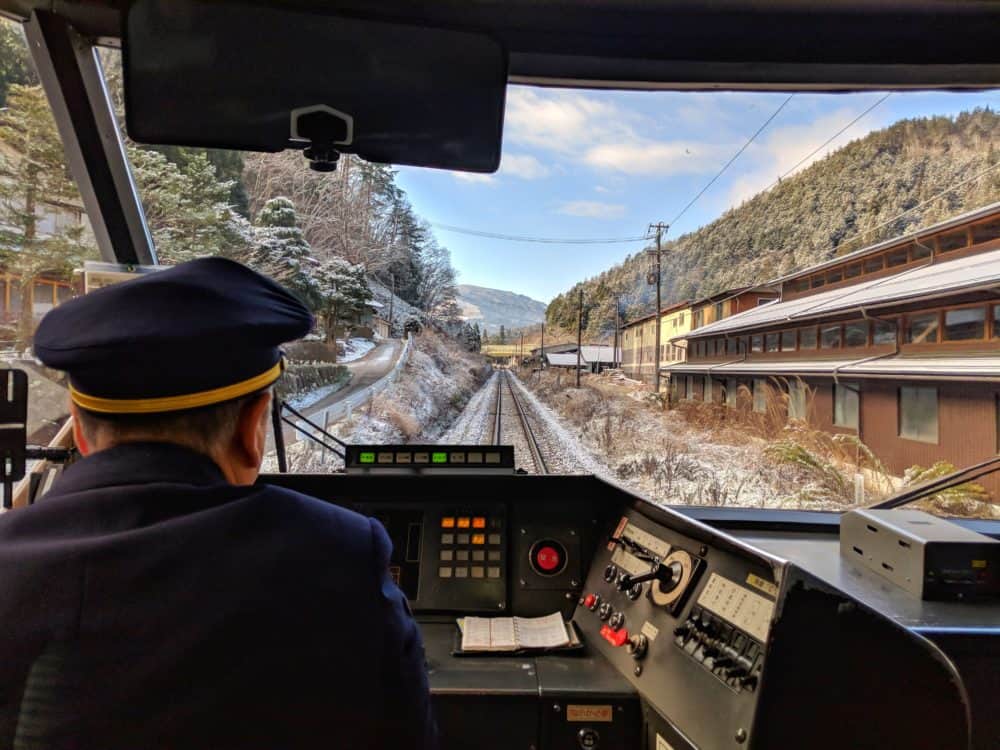
Speaking of public transport, another cliche about the country is that it always runs on time. There’s a big difference in speed and comfort levels between some of the old trains that service regional routes off the main trunk lines, and the gleaming, futuristic Shinkansen (bullet trains), but they all do a hell of a good job of sticking to the timetable.
That was definitely true whenever I had a slightly-too-tight connection to make, and almost all the rest of the time as well. If the train timetable said it’d be departing at 2:36 pm, you better damn well believe it’d be gliding out of the station at exactly 2:36 pm, and not a minute later.
I took a couple of buses as well, and hey, guess what? They arrived three minutes early, and pulled away at exactly the appointed time.
The one time I did encounter a train delay, on a slow regional service from Takayama, the endless apologies formed a soothing backing track to the journey, and made it seem like this was a Very Serious and Disappointing Event that Would Not Happen Again.
We arrived seven minutes late.
There wasn’t as much weird shit going on as I’d been led to believe… but there was still a lot of weird shit
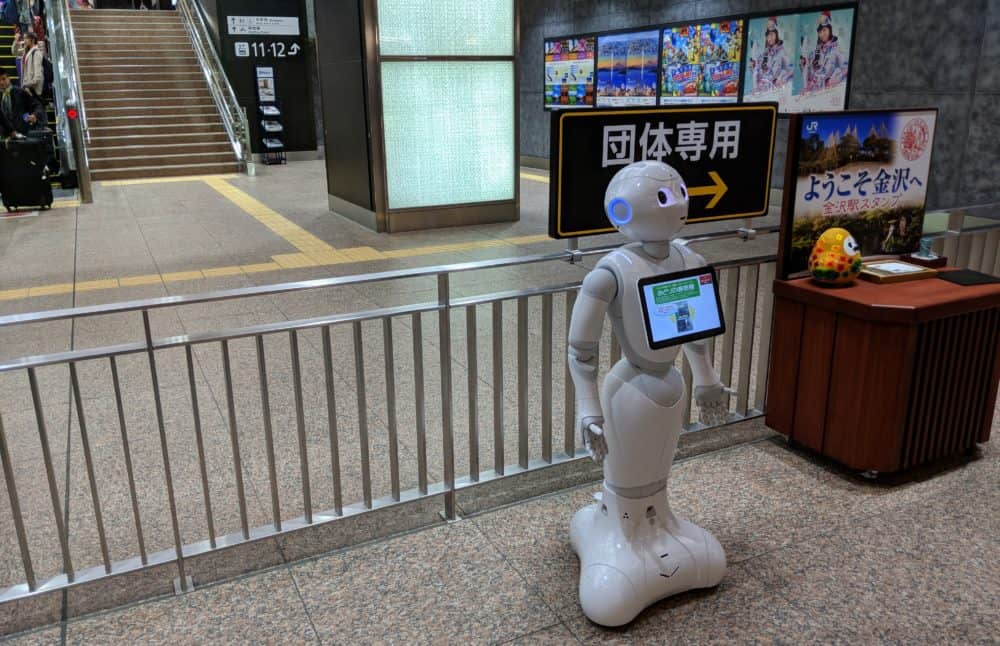
If you believe movies and magazine articles, you’d expect to step off a flight to Tokyo and have seen at least 200 bizarre and incomprehensible things before dinner time. Maybe things have changed in Japan, maybe the Internet has publicised so many of the country’s little oddities that they no longer seem strange, but whatever the reason, I didn’t feel as mind-blown by random everyday things as I perhaps expected to.
Even so, I didn’t have to go far to see things that were delightfully weird, at least to me. There was the concrete bollard dressed up as Santa Claus, and the woman who’d adopted a similar costume before sweeping the sidewalk. I loved the talking tourist information robot at the train station, and of course, the endless banks of vending machines selling, apparently, 437 varieties of cigarette packets and sugary drinks.
And then there are the signs. Honestly, it’s worth going to Japan just for the signage alone. Even without the mistranslations, they’re so wonderfully odd that I couldn’t stop taking photos of them. This is just a (very) small selection.
The food scene was just as good as I’d hoped… but it’s still easy to eat junk
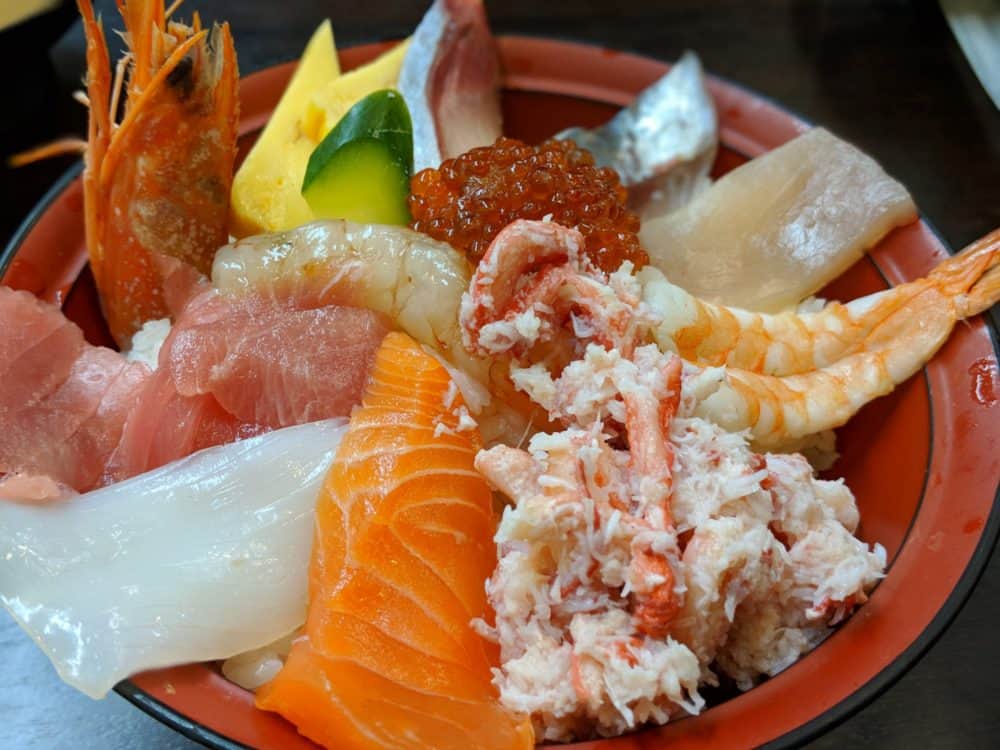
You know how everyone goes on and on about how great Japanese food is? Yeah, there’s a reason for that, at least inside the country. I’d had what I thought was good ramen, good sushi, good okonomiyaki elsewhere in the world… but it turns out I really hadn’t.
From tiny yakitori joints in Tokyo’s Piss Alley to the fancy multi-course kaiseki meal we had at our ryoken in Yudanaka, I ate spectacular meals every time I made an effort to find them. Hell, even the convenience stores sold delicious — if not always healthy — options. I don’t know what Lawsons puts in its fried chicken, but suspect it may possibly be crack.
That said, though, it wasn’t like I didn’t ever eat crap. Especially on travel days, if I didn’t put at least a little effort into finding something worthwhile, I’d end up buying something sugary and awful from a bakery or kiosk and regretting my decision for the rest of the day. Good food everywhere doesn’t mean good food anywhere.
Bento boxes: a voyage of discovery
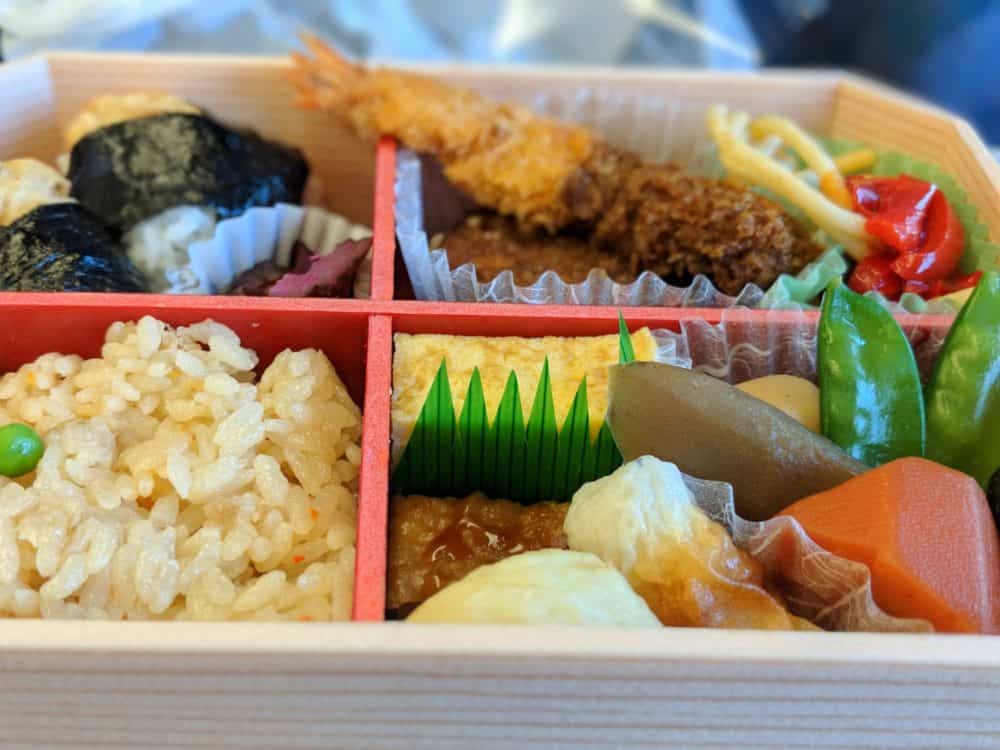
The first time I bought a bento box on a train platform, it was because I’d forgotten to eat lunch and had five minutes before my train arrived. After that, it was just because I felt like embarking on a voyage of discovery.
I’m sure that if I spoke Japanese, I’d have understood what all the brightly-coloured boxes contained. Sadly those lessons from 30 years ago didn’t quite extend that far, so I had not a clue.
Things that looked like they should be hot were cold. Things that looked like they should be cooked were raw, and vice versa. Sauces rarely tasted like I thought they would, but that was fine, because the things I was putting them on didn’t either.
Was everything delicious? Nope, but a lot of it was, and the convenience, price, and downright strangeness was hard to beat.
On some of the Shinkansen, there was also a hostess pushing around a cart with packaged food and drinks. In the UK, that’d be a packet of crisps and a mug of Earl Grey. In Japan, it was more likely to be… well… whatever the hell this is.
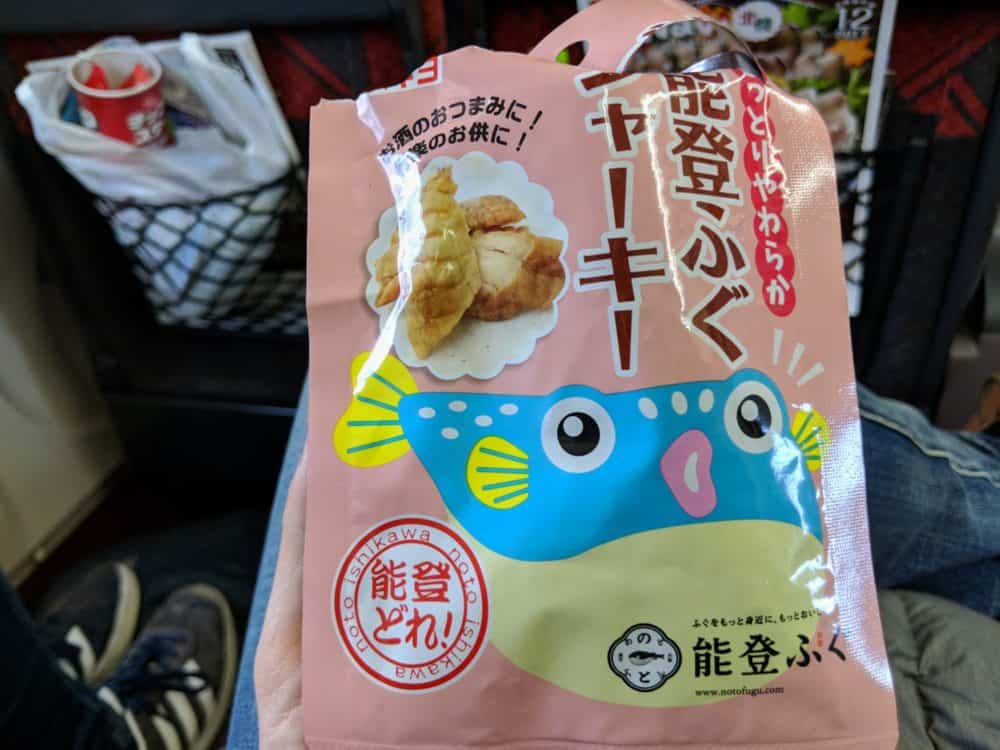
My favourite train station meal though (because yes, in Japan that’s totally a thing I have to think about), wasn’t a bento box or an unidentifiable package. No, it was the hard-boiled quail eggs in soy sauce that Lauren picked up from a store in the waiting area at Nagoya as a joke.
The joke was on us, since we then spent the rest of the trip trying to find somewhere else that sold them. Holy shit they were good.
The ramen is mind-blowing. The Western food is not.
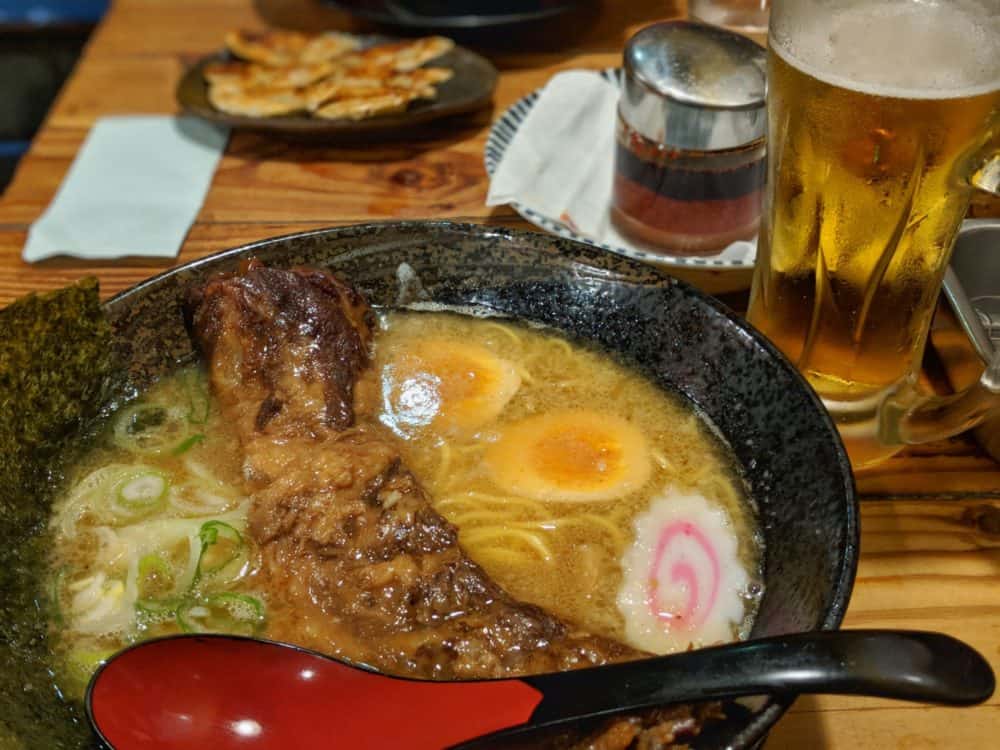
I love ramen.
I love ramen in Seattle. I love ramen in Lisbon. I love ramen in London. I love ramen pretty much anywhere I can find it… but I love it the most in Japan.
Since (a) it was freezing cold most days and (b) I love ramen (did I mention that?), I ate a lot of it in Japan. I had ramen from Ichiran on three different days, where you order from a vending machine, sit in your own private booth, get served by a disembodied hand through a small window, and don’t have to make eye contact or conversation with anybody in case it distracts from the eating experience.
I had “healthy” ramen in Tokyo, and a version in Osaka that was about as far from healthy as I could possibly imagine, and is almost certainly the most delicious thing I have ever put in my mouth.
I had ramen from a little no-name restaurant beside the river in Kanazawa where the owner seemed both bemused and thrilled to see us, and it was so damn good that I walked back in the pouring rain the next night to have some more.
And those are just a few examples. Did I mention I love ramen? When you go to Japan, please, for the love of God, eat as many bowls of it as your stomach can handle. And then have one more.
On the other hand, if say for example you’re in the last couple of days of your trip, and one member of your party has an insatiable hankering for Western comfort food and insists that you track some down… ignore her. I mean, them. Ignore them. Ahem.
Just as you’d expect, Tex-Mex food in Osaka is approximately 3% as good as Tex-Mex food in the southern United States, even if the reviews of the restaurant from burrito-deprived foreigners try to convince you otherwise.
Getting a JR Pass was a good idea
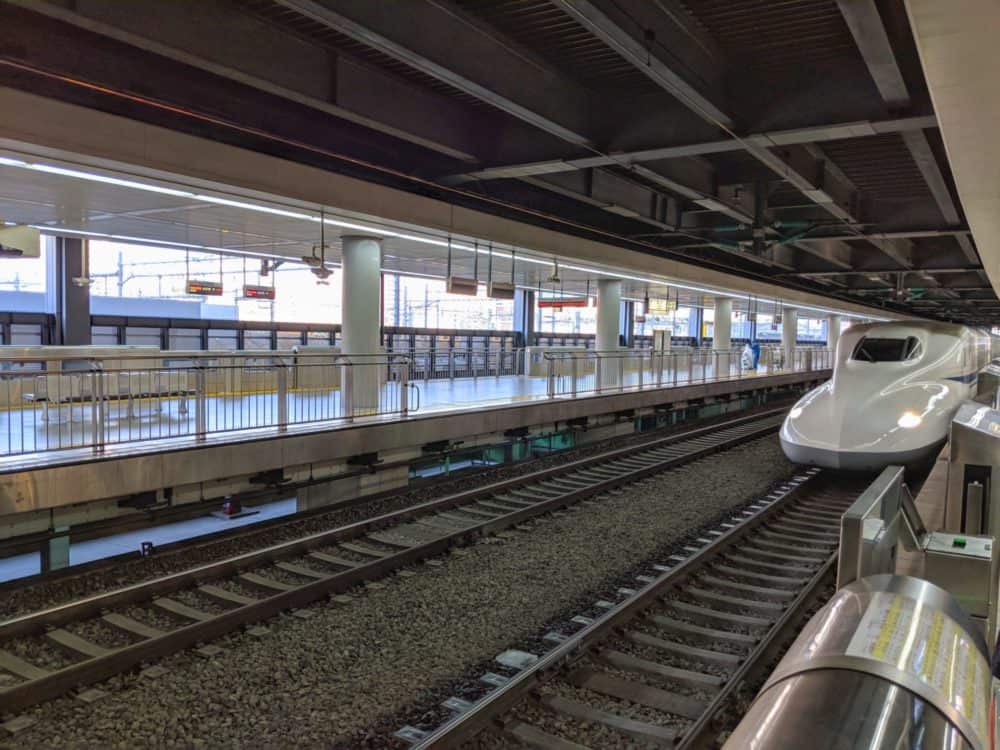
There’s plenty of talk online about whether it’s worth buying the Japan Rail pass, a train ticket that lets you travel on most (although definitely not all) trains around Japan for a specified number of days. Those passes ain’t cheap — I paid over £400 for a two-week one — but then again, neither are point-to-point tickets, so we stumped up the cash and hoped we’d get our money’s worth out of them.
As it turned out, we did, saving about £130 each, or roughly 30%, over individual tickets. Even if it had been a bit more expensive overall, though, the pass would have been worth having for the simplicity and flexibility alone.
There were some seriously long lines to buy tickets at certain stations, and we didn’t have to stand in any of them, instead just sailing through the barriers with a smile as we showed our pass to the attendants.
Since it was low season, we didn’t even need to reserve seats in advance. It’s free to do it with the pass, but again, it means standing in line, and that’s not something I enjoy. As a result, we could catch whichever train we liked, as long as it was covered by the pass, and figure out most days as we went. Enjoying a place? We’d stay longer. Finished sightseeing sooner than expected? We’d catch an earlier train. Miss our connection? No problem… and no cost.
It’s not a cheap destination, but not insanely expensive either

One of the things that had always put me off visiting Japan in the past was the perception it was extremely expensive. That’s not really true, although like anywhere, it’s all about what you’re comparing it to.
If you’re expecting prices similar to Southeast Asian countries like Thailand or Vietnam, yes, Japan is expensive. Compared to somewhere like Australia or Western Europe, though? Most things felt about the same, if not a little cheaper, and it definitely wasn’t as pricey as travelling in Scandinavia.
Certain things are very costly — taxis, for instance, or buying individual train tickets, especially for the Shinkansen. Public transport and the JR pass help get around some of that, though, and I wasn’t particularly upset by the prices of most other things.
Sure, you can spend a fortune on eating and drinking if you want to, but you don’t have to — delicious meals in small local restaurants typically cost me around ¥1000-2000. You can also spend a lot on accommodation, but then again, a comfortable, quiet capsule-style bed in a hostel in Hiroshima cost ¥2500, at least in low season.
Clothing, snacks, entrance fees to attractions, and other typical tourist expenses seemed on par with many other developed countries. I didn’t leave Japan feeling like it had been a cheap place to visit — but I didn’t feel like I had a massive hole in my bank account either.
Sleeping on the floor is surprisingly comfortable
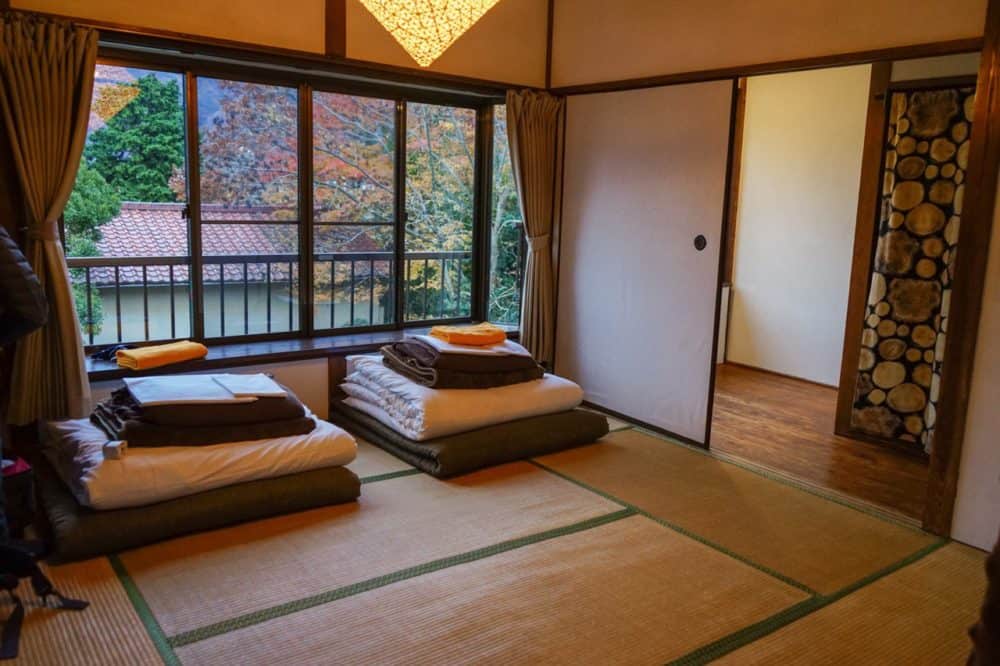
Up until this trip, sleeping on the floor typically meant I was staying with friends or family and was too cheap to pay for a hotel. In Japan, though, it’s all about tatami and futons.
Most of the places I stayed had tatami floor mats and mattresses to make up your own bed, and I was a bit worried that I’d have broken sleep and a sore back for my entire time in the country. Not so much.
Despite being so close to the floor and lying on relatively thin mattresses, I was comfortable every night. It took a couple of days to get used to it, along with the vaguely stable-like smell of the tatami flooring, but after that? I was all in.
The rest of the world seriously needs to lift its toilet game
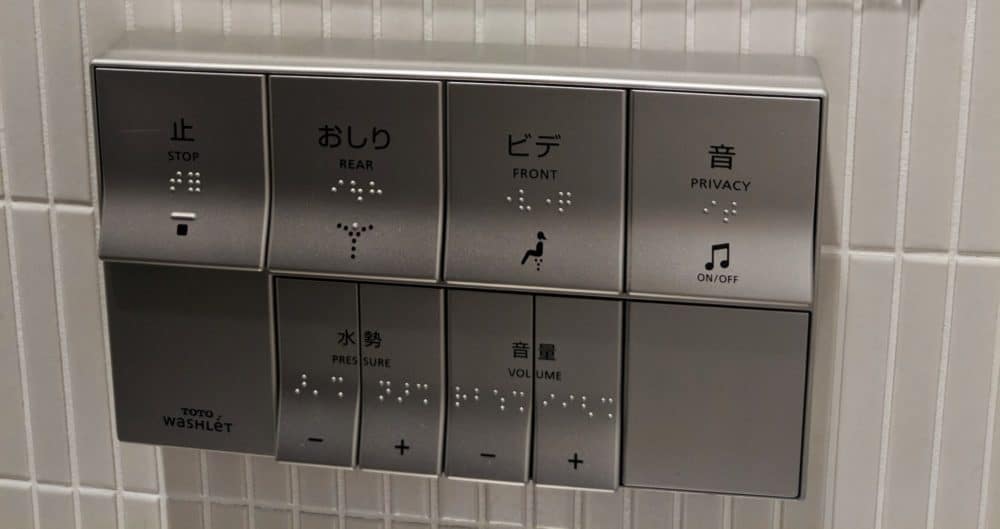
Growing up in New Zealand gave me excellent bladder control. Why? Because in the damp, underheated homes that much of the population live in, going to the toilet in the middle of the night during winter was a traumatic experience, best avoided at all costs.
It regularly snowed during our time in Japan, and I was cold pretty much any time I was outside. In the toilet, though? Hell no. Heated seats are an absolute delight — and with Japanese toilets, they’re just the beginning.
Even in hostels and other shared bathrooms, the level of technology on display impressed even a geek like me. Press one button, and a nozzle emerged from the recesses to spray warm water wherever it needed to go. Press another, and a blow dryer removed whatever moisture the bidet had just created.
Some had buttons for eliminating smells, while one played relaxing music to drown out embarrassing noises. The best part, of course, was that rarely did the pictures stay the same between toilets, and the instructions were typically all in Japanese, so I got to play a little game of Russian roulette every time I went to the bathroom…
And speaking of heating…
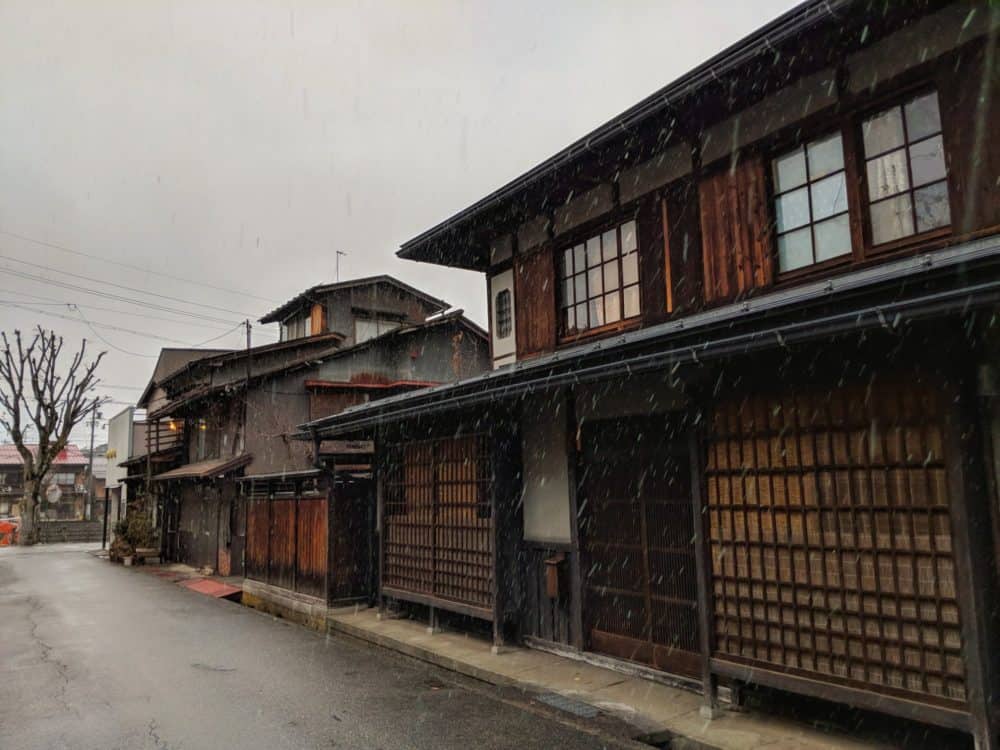
It wasn’t just the toilets that were warm. Almost anywhere I went, whether it was sitting on the trains, buses, or metros, in hotel rooms, cafes, shops, or restaurants, the heating was ridiculously efficient.
Getting on the metro in Tokyo often felt like stepping into a sauna. A very crowded sauna full of people in suits, yes, but a sauna nonetheless, from the steamed-up windows to the blast of hot air that greeted me when the doors slid apart, and the near-immediate sweating that ensued.
After I’d been walking around for an hour or two, when my nose was frozen and my fingers felt like they were about to fall off, I was very happy to walk into an overheated cafe, strip off most of my layers, and enjoy a hot tea or coffee as I slowly thawed out.
On one particularly memorable occasion, we stumbled out of the sideways sleet in Takayama and into the world’s coziest cafe, and were bought a platter of steaming hot towels to tide us over before our drinks arrived. So great.
Don’t expect great coffee

I know, I know. When you go to a country where tea has been deeply ingrained in the culture for over a millennium, it’s probably not the place to expect exceptional coffee. That didn’t stop me trying to find it.

Buying one or two coffees most days I was in Japan, I can confidently say the experience was nothing special. Dedicated hipster coffee shops in the major cities usually did an ok job of it for around ¥500, while you’d pay about ¥300 for something noticeably worse at chain coffee shops like Becks. None of it was as good as what you’d find in pretty much any half-decent cafe in Australia or New Zealand, however, or even a random bar in Spain for that matter.
Of course, I’m a snobby douchebag when it comes to coffee, so your expectations and experience may be quite different. One thing I was surprised about, though, was that in a country that makes such heavy use of soy in its cooking, it was rare to find soy (or other non-dairy) milk as a coffee option. If you don’t drink normal milk, expect to be taking your coffee black in Japan… although on the odd occasion you do find soy milk, you’ll definitely know about it. See above.
If you want soy-based dairy-free ice-cream, however? That’s totally a thing. Given it was about 10 degrees C at the time, it’s surprising just how thrilled I was to find it at the market in Kanazawa. Look at that smile. So happy.
Train conductors and ticket inspectors bow when entering and leaving a carriage
In much of the world, interactions with train ticket inspectors are… less than enjoyable. You might get a half-smile from the British ones if you’re lucky, while those in major Australian cities are downright hostile much of the time.
In Japan? Not only were they the politest and most well-dressed public transportation employees I’ve ever come across, conductors and inspectors would bow whenever they entered or left the carriage. It made me feel special just for choosing to take the train that day.
There are some very ugly cars in Japan
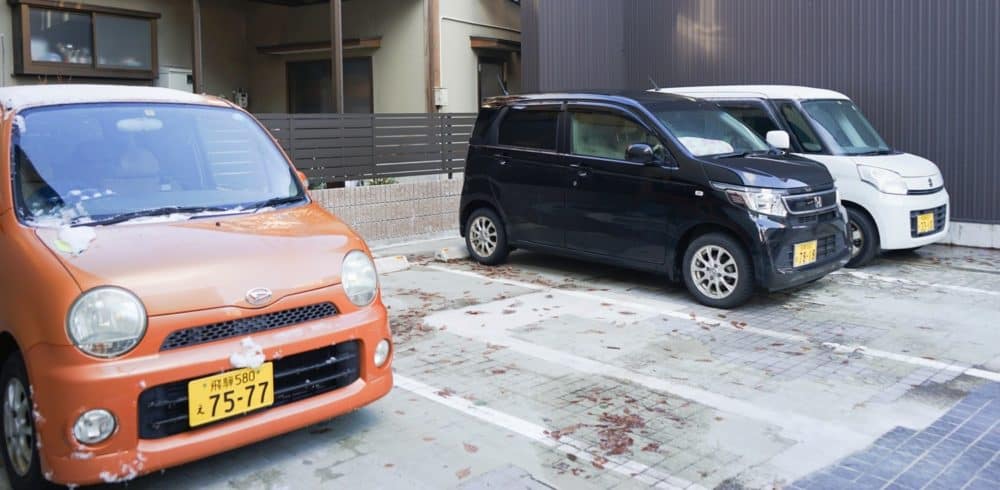
I’m a huge fan of Japanese cars, and every one of the eight or so vehicles I’ve bought in my life had the badge of a Japanese company on the front. Sure, most of them weren’t quite as stylish as many European models, but they were a damn sight more reliable, and I wouldn’t have classified any of them as unattractive.
Apparently that’s because Japanese car company executives are smart, and don’t export their truly ugly vehicles. A picture, in this case, is worth a thousand words. 999 of those words are “very”.
The electronics blew my mind
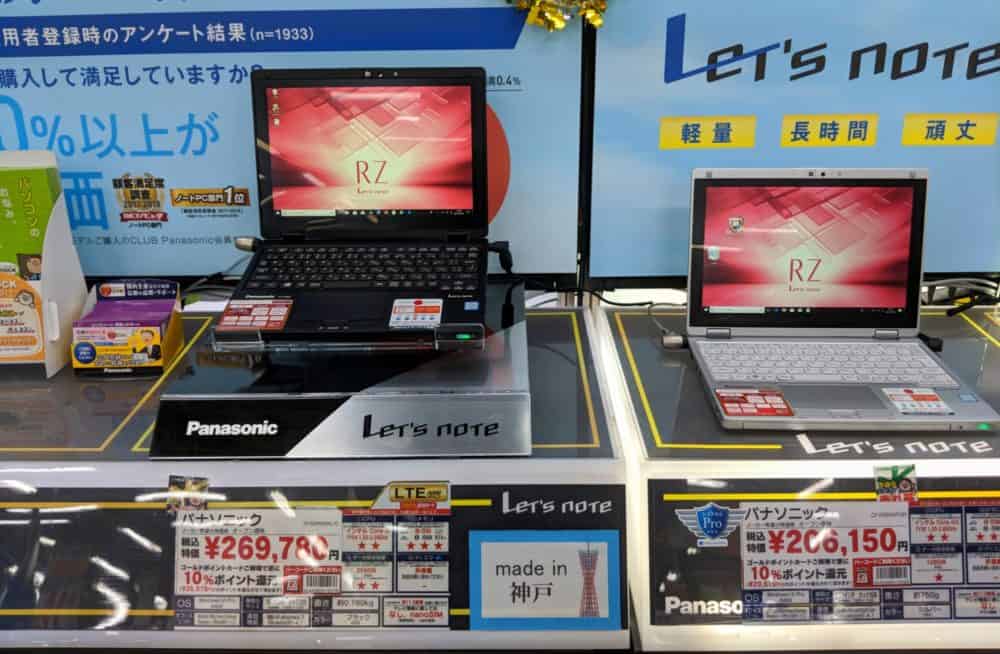
I’m a geek, so one of the things that most excited me about going to Japan was the chance to check out its consumer electronics. There’s so much amazing stuff that doesn’t even make it outside the country, and I wanted to see it all.
Despite spending several hours walking slack-jawed around Tokyo’s Akihabara electronics district (because of course it has an entire district devoted to it), and another few hours in Osaka dragging Lauren around an outpost of Yodabashi Camera that had a dozen floors and took up an entire city block, I’m sure I barely saw any of it. And even then, it blew my mind.
There were big laptops, and little laptops, and downright bizarre laptops that looked like they were from the 80’s but weighed nothing and had the very latest specs. The television section stretched further than I could see, with everything from tiny models that sit beside the bed to enormous things with curved screens that seemed bigger than most people’s apartments.
And don’t even start me on the headphones… or the computer accessories… or the ridiculous range of handheld appliances. Most of which I couldn’t buy, since they only run on 100 volts, which isn’t used anywhere else except Japan. Sigh.
Staying connected was easy. Not necessarily fast, but easy
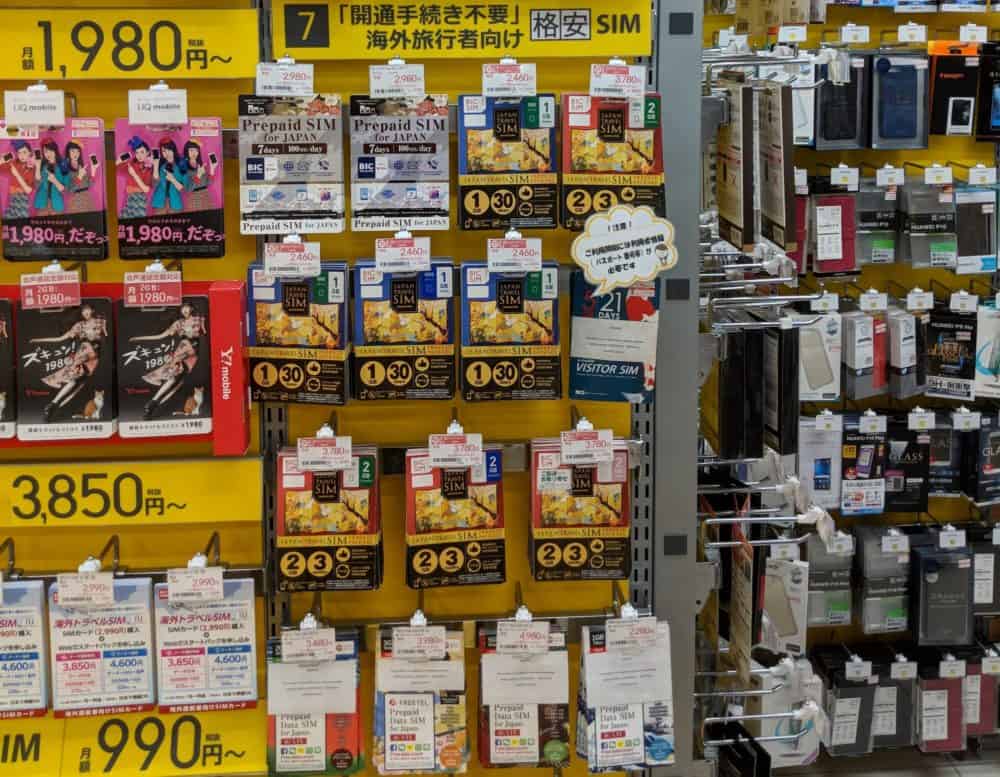
I’d heard Wi-Fi wasn’t as common as you might expect in Japan, because people had had large amounts of cellular data on their phone plans for so long, nobody really needed Wi-Fi as well.
At least in touristy places, that’s not really true — all my hotels and hostels had it, along with many of the cafes. The couple of Airbnb apartments we stayed in also had it, usually via a little portable hotspot that you could use outside of the house as well. The connection wasn’t always particularly fast, but it was fine for me.
Buying a Japanese SIM card was straightforward as well — you can buy them in advance, pick them up at the airport, get them from many electronics and convenience stores, and I even saw some for sale on one of the Shinkansen trains between Tokyo and Osaka. Of course, grabbing an eSIM is even easier, since you buy and set it up before you even arrive.
The one I happened to choose had pretty slow data speeds, but there were other, faster options for a bit more money. Coverage was great almost anywhere I went. All in all, staying connected was easy, and not even particularly expensive. Yay for that.
So there you have it, my first impressions of this remarkable and fascinating country. Even as I sit here writing this post, I’m missing so many aspects of my time there, from the ramen (obviously) to the efficient transportation, the bizarre snack foods to yes, those glorious toilets. I’m also missing travelling in a country where I have no idea what’s going on the vast majority of the time, and yet everything still somehow seems to work out perfectly in the end.
Ahh, Japan. I can’t wait to return.

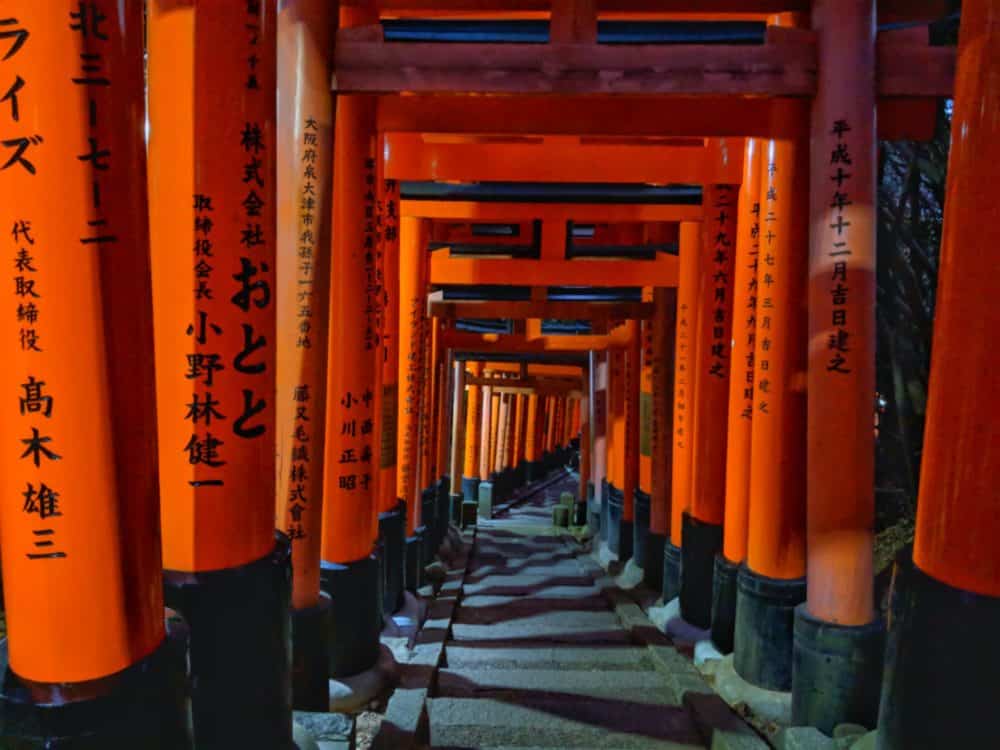
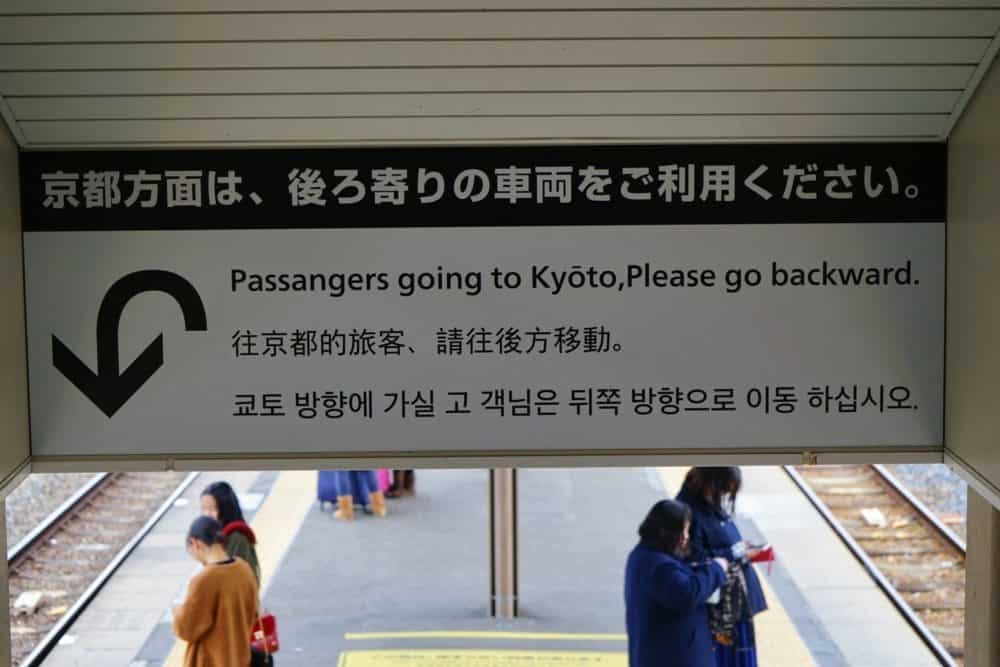
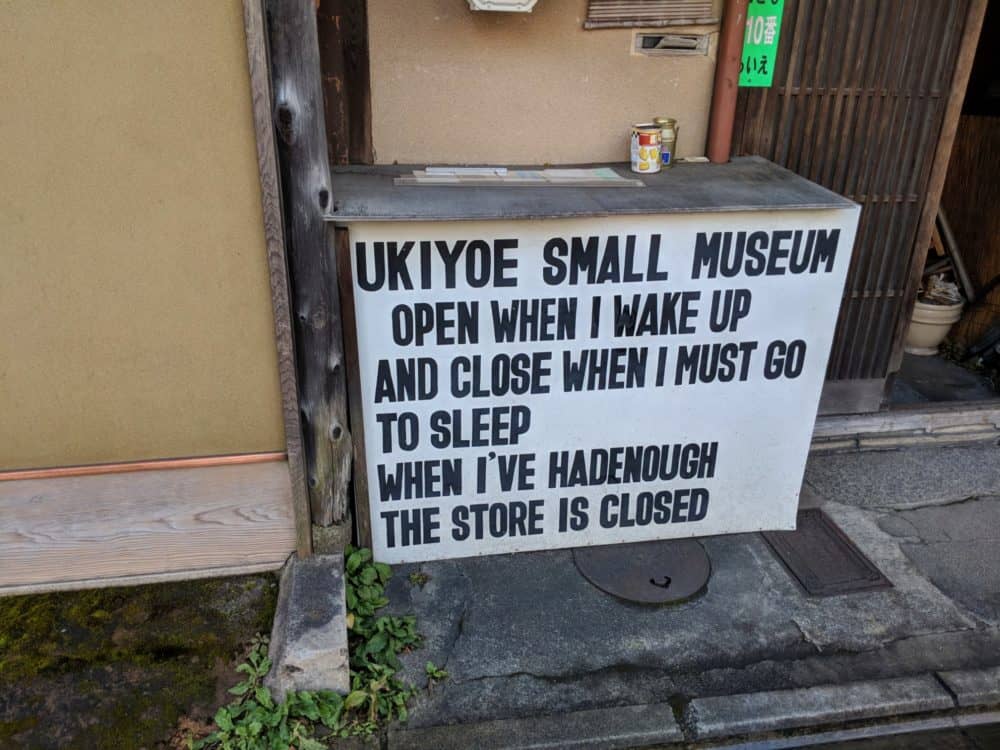
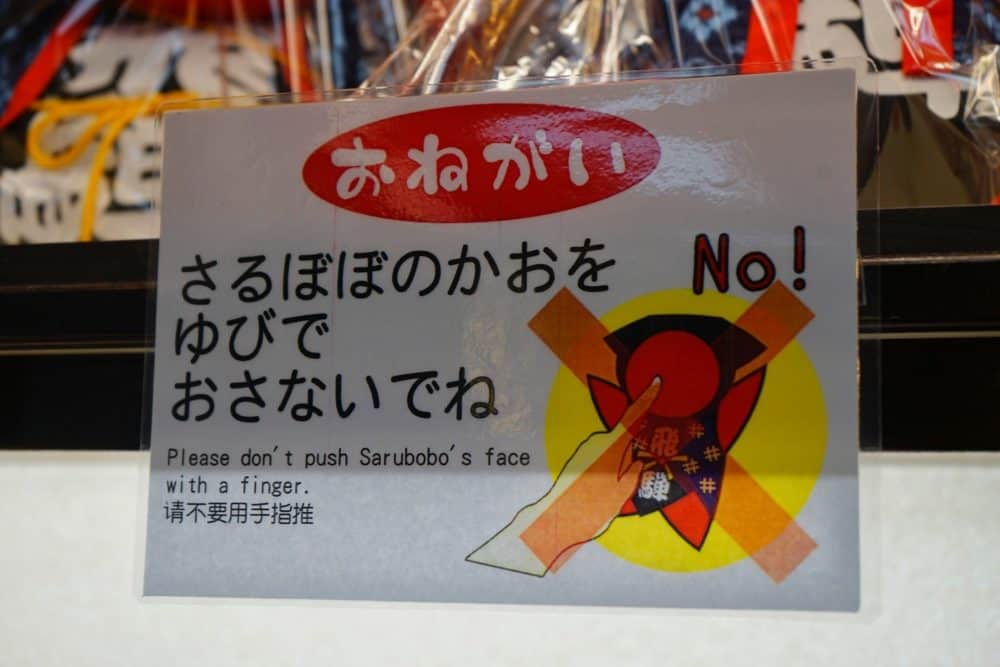
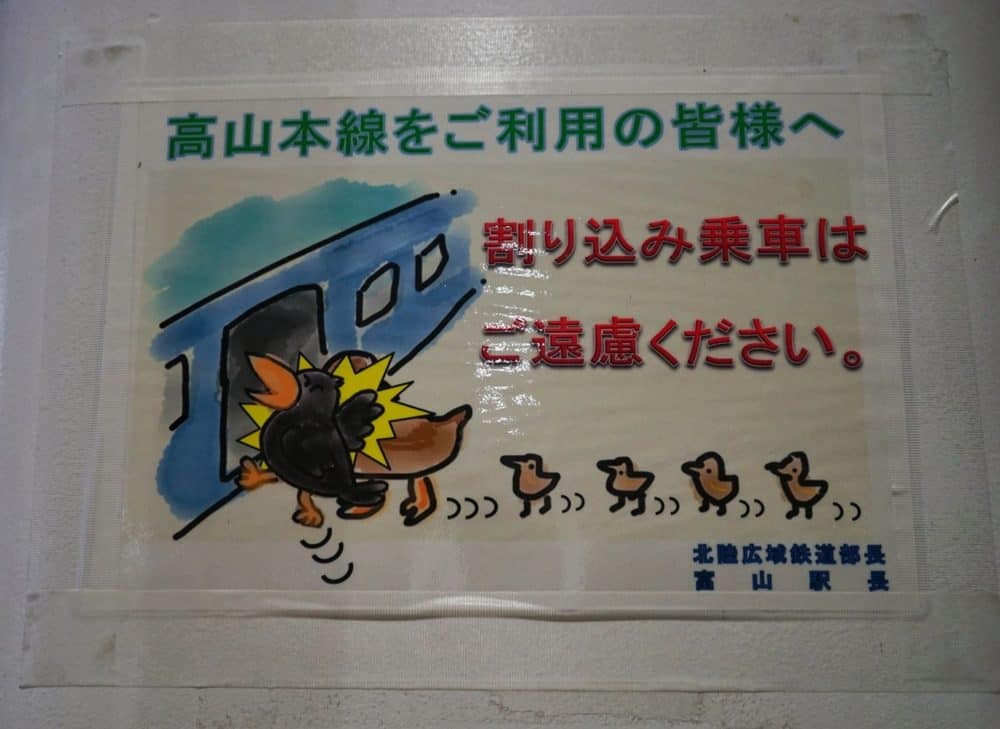
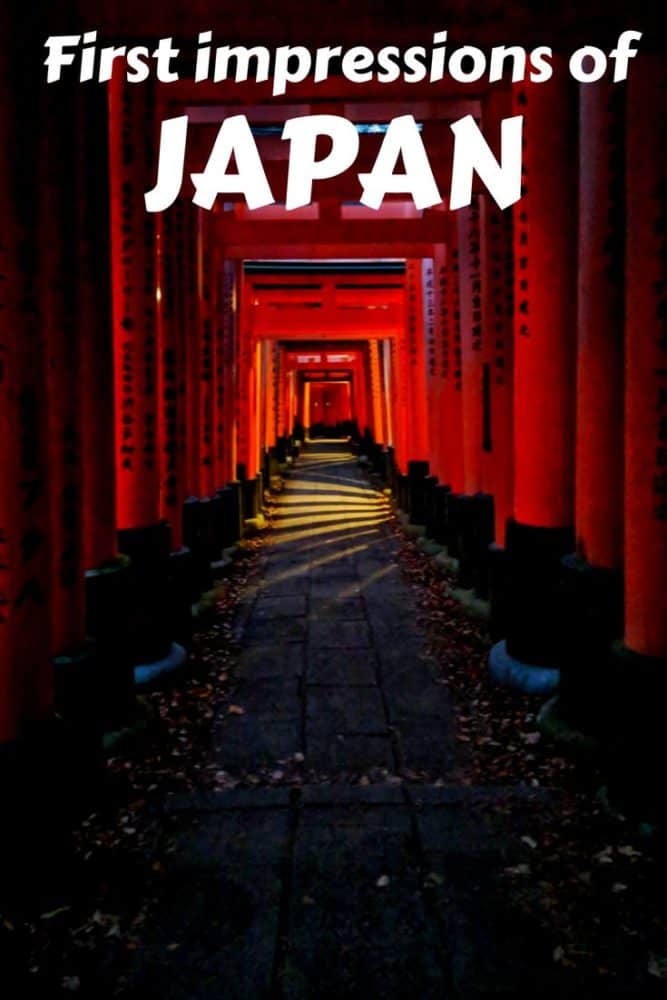
Great article David. We went two years ago and thoroughly enjoyed our time there. People are all so polite and helpful and for a densely populated country it is all so orderly and intensely interesting. For those who haven’t been there, I suggest you do so soon!
Seriously such a helpful read, haha. I’ve been dying to get to Japan but I have been so intimidated by the cultural differences! Especially the language. I’m pretty timid.
Ahh you’ll be fine! It really was so much easier than I’d expected. ????
LOL! Your bathroom story had me laughing so hard! That blows my mind that they have so much technology just in the bathroom. I live in the U.S. and you have to be the bravest of the be=rave to venture in to a U.S. restroom. I can only imagine how clean everything else must be in Japan.
Excellent post, we were in Japan for 7 weeks and had the same observations.
ONE major frustration: SIM card. Sure you can buy a SIM card, but I’m not super handy with phones and couldn’t activate it. We made a Japanese friend and she tried for 2 hours – couldn’t activate it. And the companies don’t have actual offices with real people who can help you.
We ended up 7 weeks in Japan with no functioning SIM card. In Japan!
Interesting — the instructions with my bMobile SIM were pretty good, and I didn’t have any problems activating it, but I imagine all the companies are a bit different in that regard.
I followed your excellent Camino entries to this page. I live in the US and work for a Japanese company. I traveled to Kyoto via Tokyo for the first time last September. Your list of oddities, quirks and pleasures pretty much matched my own. One additional odd thing I noticed was the existence of cultivated rice fields all over suburban and urban areas. You’d be walking amongst dense housing tracts and suddenly come across a single-acre rice field stuck in between two multistory housing complexes. This phenomenon was never adequately explained by my Japanese friends as they saw nothing odd about the practice. It’s a unique place.